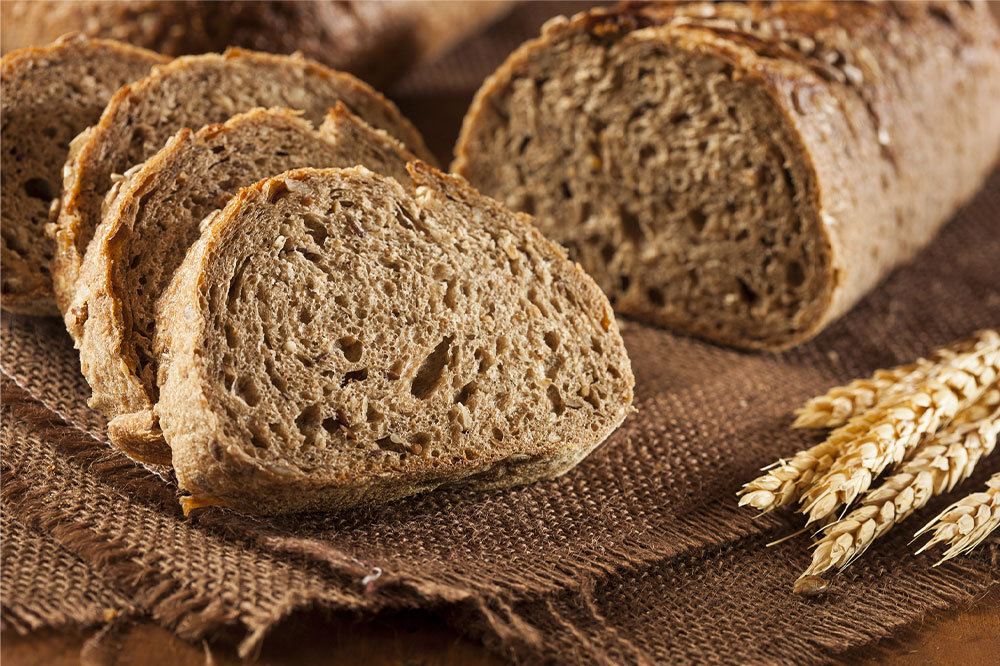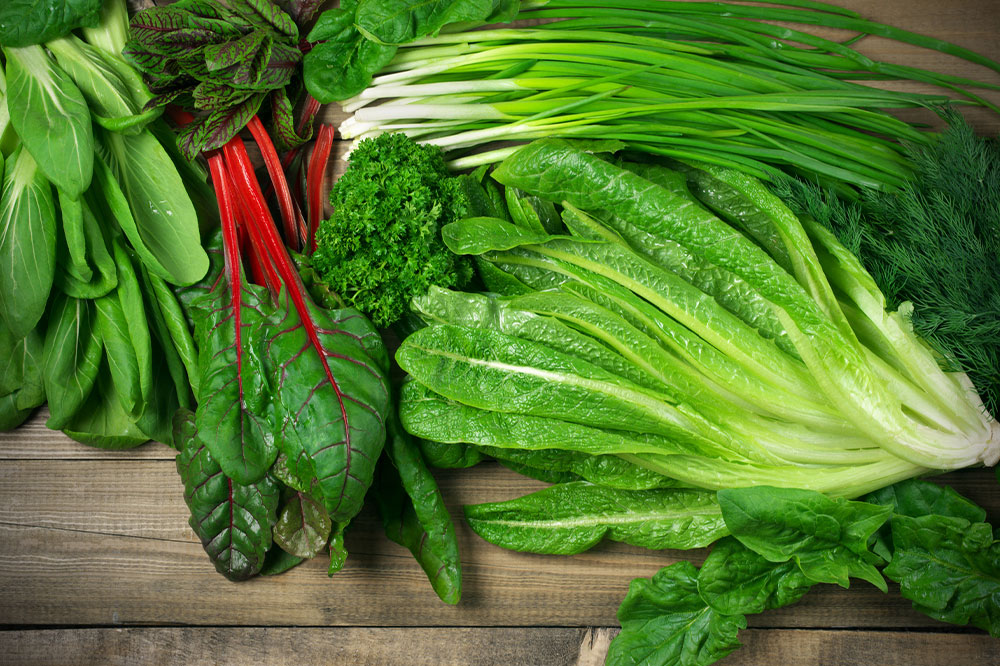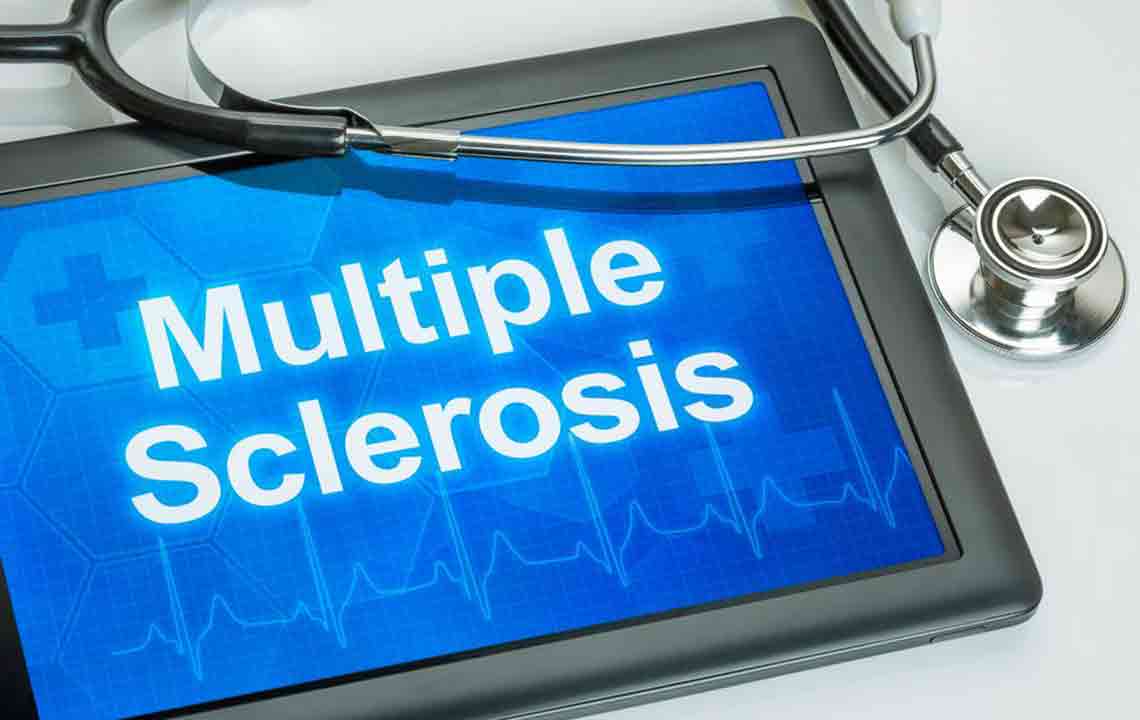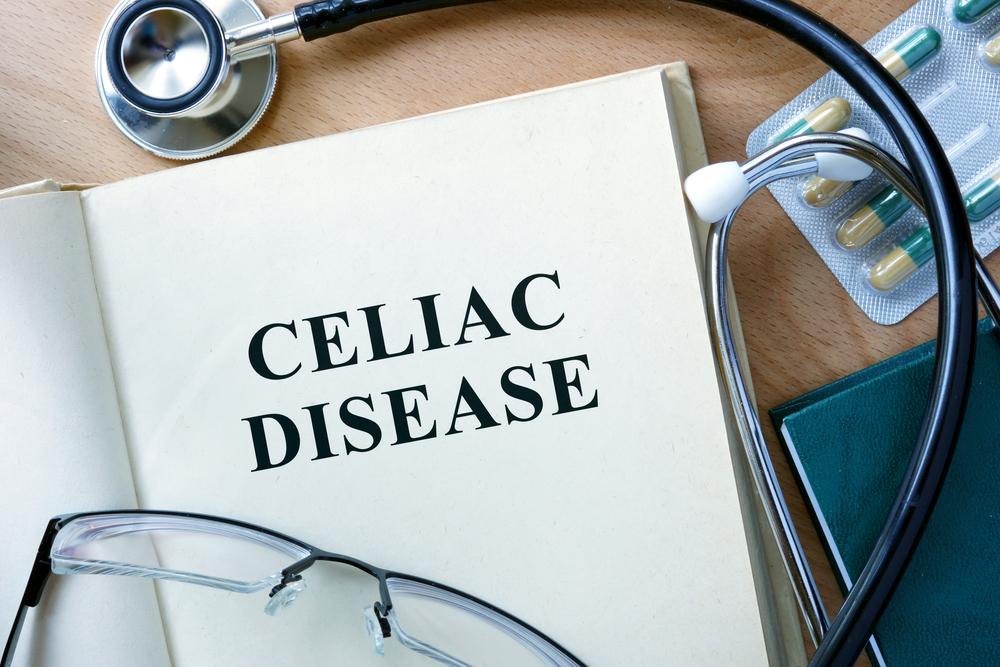Understanding Celiac Disease and Safe Food Choices
This guide explains celiac disease and outlines foods to avoid, emphasizing the importance of a gluten-free diet. Proper management prevents severe complications like intestinal damage, immunity issues, and nutritional deficiencies. Practical tips include reading labels, meal planning, and seeking medical advice to maintain health and quality of life with celiac disease.

Celiac disease is an autoimmune disorder where gluten intake damages the small intestine lining. Patients must avoid gluten-containing foods to prevent immune responses that harm intestinal mucosa. Key foods to avoid include wheat-based products like bread and pasta, barley found in soups and stews, fried foods coated with wheat flour, certain condiments such as soy and teriyaki sauces, and gluten-enriched dairy items like flavored yogurt and ice cream. Additionally, cereals like semolina and processed meats may contain gluten. Reading labels carefully and consulting healthcare professionals can help manage this condition effectively.
Unmanaged celiac disease may lead to complications like weakened immunity, lactose intolerance, intestinal scarring, and bowel obstructions. Early diagnosis via blood tests and biopsies makes management simpler. Adopting a gluten-free diet, planning meals with safe ingredients, and choosing trustworthy restaurants are essential. Keeping gluten-free snacks handy and staying informed about safe foods can ease daily life. Consulting healthcare providers and connecting with patient groups support better symptom management and improved quality of life.










